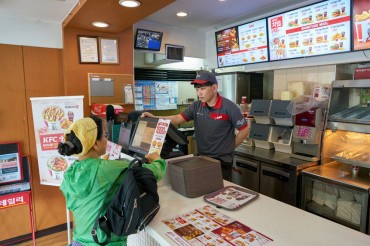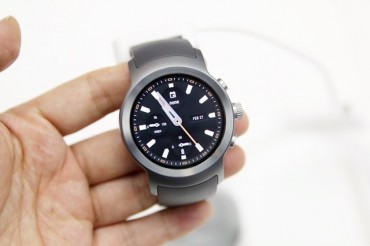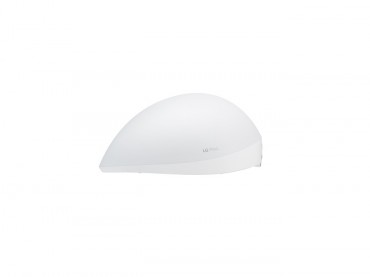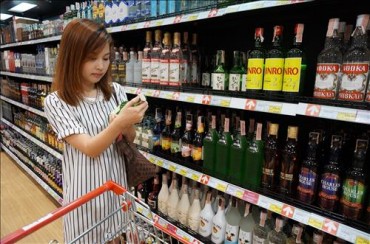SEOUL, Feb. 27 (Korea Bizwire) – That the Paralympics are scheduled to kick off on March 9 hasn’t stopped Gangwon Province from turning its attention to the issue of Olympics facility maintenance only days after the conclusion of the Pyeongchang 2018 Winter Olympics.
On February 27, the Gangwon provincial legislature urged the central government to involve itself in the matter, specifically requesting that it provide financial assistance as well as placing the Gangneung Oval, Gangneung Hockey Centre, the Olympic Sliding Centre and the Alpensia Ski Jumping Centre under state supervision via legal revisions.
Gangwon’s request can be seen as the resumption of a game of hot potato played between the provincial and central governments leading up to the Winter Olympics, with the hot potato being the role of supervisory authority responsible for the maintenance of Olympic facilities after the Olympics and Paralympics were completed.
Whereas Gangwon argued that the stadiums and grounds should be placed under state control to guarantee their greater use, the central government had said in response that the entity that hosted the winter events was responsible for assuming responsibility for the infrastructure.
During the back-and-forth, Gangwon had asked the central government to officially designate the Gangneung Oval, Gangneung Hockey Centre, the Olympic Sliding Centre and the Alpensia Ski Jumping Centre as dedicated sports facilities, as well as dedicating state funds amounting to 3.4 billion won for maintenance purposes and committing to foot 75 percent of the financial costs of maintenance.
As the February 27 issued statement indicates, the initial request was unsuccessful.
In addition, Gangwon has pursued legal means of procuring help from the central government, namely by attempting to revise the National Sports Promotion Act so that money from the state budget or the sports promotion fund can be funneled towards Pyeongchang’s Olympic facilities. The revision was proposed in 2016 but has not made much progress since.
That the maintenance of these facilities are expected to be financially onerous makes taking on the task an undesirable prospect.
Last November, a white paper submitted to the provincial legislature cited data that the operation of the seven Olympic facilities under Gangwon’s supervision (seven out of thirteen total facilities) for a year would incur losses of 10.1 billion won.
The Gangneung Oval and the Gangneung Hockey Centre alone would individually cause 2.2 billion won and 2.1 billion won in losses, while the Alpensia Ski Jumping Centre was projected to generate 3.6 billion won losses a year.
Initially, Gangwon Province had decided on the option of dismantling or selling off certain facilities rather than committing to maintenance.
However, the surprise entrance of North Korea into the Winter Olympics and the ensuing thawing in relations with Pyongyang led Gangwon governor Choi Moon-soon to reconsider.
Eyeing the possibility of an inter-Korea hosted 2021 Asian Winter Games, Choi decided the facilities were to be maintained. The host country for the 2021 event is to be determined at the Asian Games held in August in Indonesia.
Choi concluded that in order to bolster North and South Korean sports exchanges, the need to maintain the Olympic structures was a matter of increased importance, since the Winter Olympics showed that such exchanges could serve as a crucial means of improving the relationship between the two countries.
Choi said, “In regards to the use of the facilities after the Olympics, until now because there haven’t been suitable occasions to make use of them, and also since the cost of upkeep was high, we thought along the lines of tearing some of them down and either selling or entrusting some of them to the private sector. But during the Olympics the situation changed, so our opinions shifted towards keeping them in good shape.”
But in order for Gangwon Province to gather the financial muster to meet the high costs of upkeep as the governor points out, it will need to convince the central government to support its plan through funding.
Meanwhile, three of the Olympic facilities, the Jeongseon Alpine Centre, the Gangneung Oval and the Gangneung Hockey Centre, do not have a supervising entity, shrouding their post-Olympic fate in uncertainty.
Besides these individual facilities excepting Jeongseon Alpine Centre, which will be restored back to nature, the remaining Olympic infrastructure is expected to be preserved and used as training grounds and recreation centers.
S.B.W. (sbw266@koreabizwire.com)









